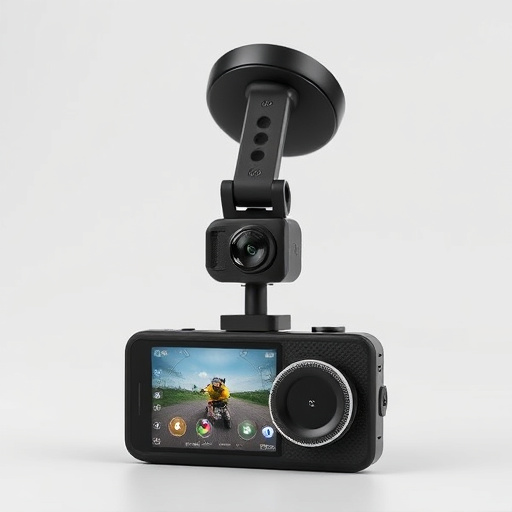Portable hidden cameras with audio capabilities offer a discreet, versatile tool for visual and auditory evidence collection in various settings, from home security to professional investigations. Resembling everyday objects, these devices provide real-time monitoring, high-quality video, and audio recording, subject to legal and ethical considerations regarding privacy and consent. Proper use requires transparency and adherence to local regulations.
“Uncover the power of a portable hidden camera with audio recorder – a discreet yet versatile tool with vast applications. This comprehensive guide explores the intricate world of these devices, from their technical intricacies to real-world benefits. We delve into key features, legal implications, and ethical considerations, ensuring you’re informed about this innovative technology. Discover how hidden camera audio recorders can enhance security, surveillance, and even personal documentation.”
Understanding Portable Hidden Camera with Audio Recorders
A portable hidden camera with audio recorder is a compact, often discreet device designed for covert recording purposes. These devices seamlessly combine the functionality of a hidden camera with that of an audio recorder, enabling users to capture both visual and auditory evidence in various settings. The portability aspect makes them easy to carry and deploy, making them ideal for situations where discreteness is paramount.
Whether it’s for personal security, surveillance, or professional investigations, these devices offer a range of features such as motion detection, night vision, and long battery life. The audio component allows users to record clear, high-quality sound, enhancing the overall utility of the device in situations where auditory cues are just as important as visual ones. With their compact size and advanced capabilities, portable hidden cameras with audio recorders provide an effective solution for those needing covert recording technology on the go.
Key Features and Benefits of Using Hidden Cameras with Audio
Hidden cameras equipped with audio capabilities offer a unique blend of discreteness and detailed evidence collection. One of the key features is their portability—these devices are designed to be small, often resembling everyday objects like pens or buttons, making them easy to carry and place virtually anywhere without raising suspicion. This compactness ensures users can capture footage and record audio in hard-to-reach or sensitive areas.
The benefits extend beyond size; these cameras provide real-time monitoring through live video feeds and high-quality audio recording. They are ideal for various scenarios, from home security to professional surveillance. For instance, a portable hidden camera with audio can help protect valuable assets, monitor vulnerable areas, or even gather evidence discreetly during business meetings, interviews, or legal investigations. Their versatility makes them indispensable tools for those seeking a reliable and subtle way to capture visual and auditory information.
Legal Considerations and Ethical Use of Hidden Camera Audio Recorders
The use of a portable hidden camera with audio capabilities raises several legal and ethical concerns that users must be aware of before deploying such devices. In many jurisdictions, hidden cameras are regulated under laws pertaining to privacy and surveillance. Installing or using a device for covert recording in public places or without consent can constitute a violation of privacy rights and lead to severe legal repercussions, including fines and imprisonment. The specific regulations vary across countries, so understanding local laws is crucial to avoid any legal traps.
Ethically, the use of hidden camera audio recorders should adhere to principles of transparency, respect for individuals’ autonomy, and consent. Capturing and storing private conversations or activities without knowledge can invade personal spaces and lead to a loss of trust. It’s essential to consider the context and purpose of using such devices; they should only be employed in scenarios where consent is feasible, such as in professional settings with clear notification policies, or for legitimate security purposes with proper oversight and restrictions.
